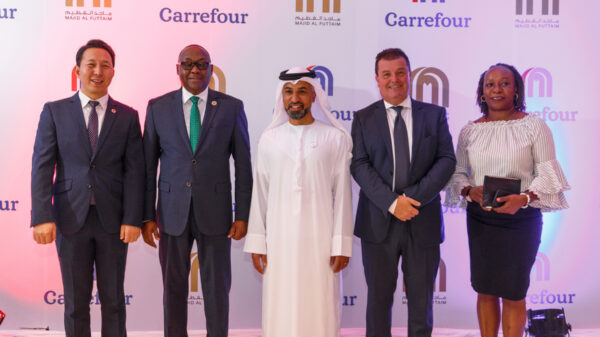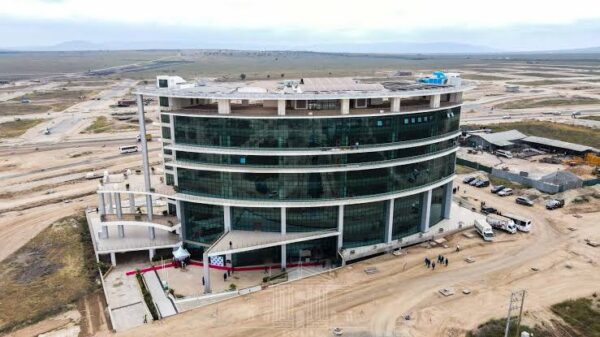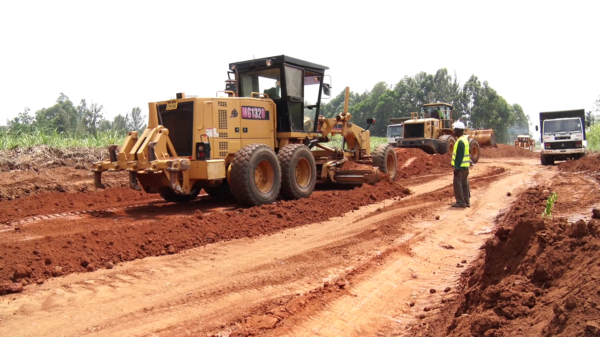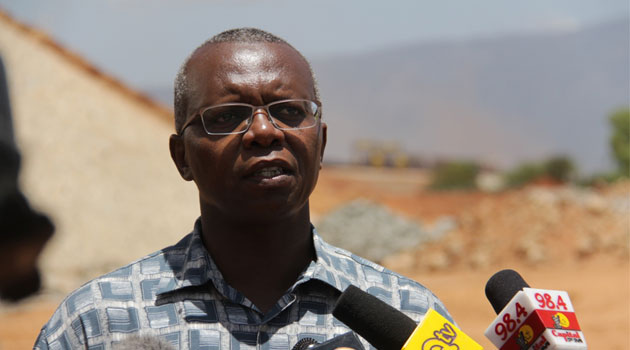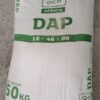
The Corporation’s Managing Director Atanus Maina says about 5,000 people have benefited from the compensation/MIKE KARIUKI
NAIROBI, Kenya, Mar 17 – The Kenya Railways Corporation (KRC) is set to use about Sh30 billion in land compensation in the first phase of the Standard Gauge Railway (SGR) project.
The Corporation’s Managing Director Atanus Maina says about 5,000 people have benefited from the compensation.
“We are waiting for National Lands Commission to finish with the issue so as we can pay the rest,” Maina told Capital FM Business.
So far, the corporation has paid Sh12 billion with the rest pending to be paid due to the wrangles surrounding them. Over 4,500 hectares was acquired for the project.
The project was at a cost of Sh327 billion where Exim Bank of China is contributing 90 percent of the project which is Sh294.3 billion.
The remaining 10 percent of the project, Sh32.7 billion will be catered for by the Kenyan Government. The project will be complete in June 2017.
“We have not yet identified how much land we need for the second phase, we are still in the process of determining where will pass, who will benefit, we are doing a final survey,” Maina exlpained.
Section 2A of the SGR project is slated to begin in June 2016, at a cost of Sh150 billion.
The Ministry of Transport and Infrastructure is in the next two weeks seeking approval for financing of section 2B from Cabinet.
Section 2B is from Naivasha to Kisumu, 262 km that will include a new port in Kisumu.
The SGR is a flagship project identified by the government of Kenya as a transport component aimed at delivering Vision 2030, making Kenya a middle income economy by 2030. Kenya is currently a middle lower income economy.
Kenya, Uganda, Rwanda and South Sudan committed to provide high capacity and cost effective railway transport within the Northern Corridor.















